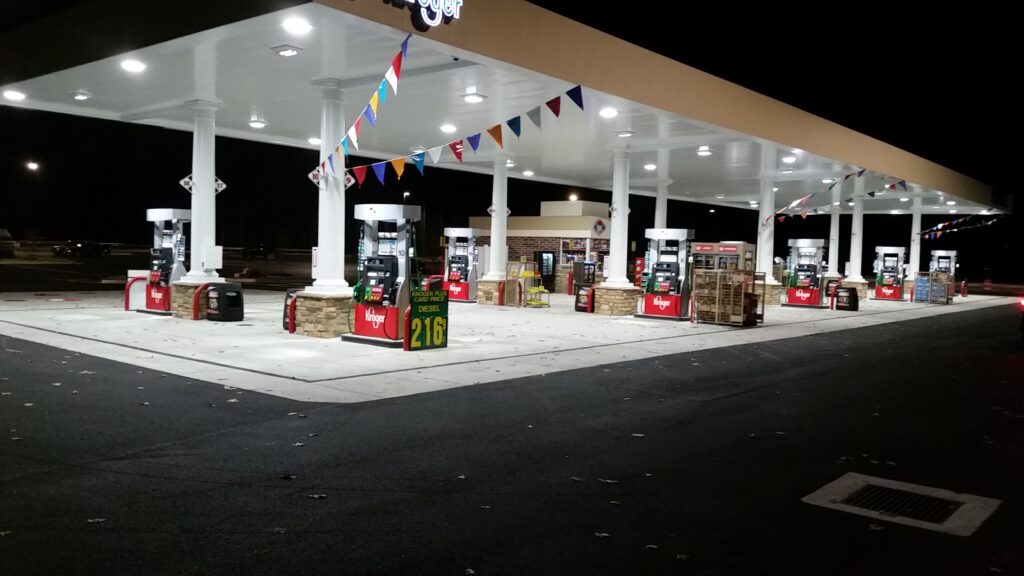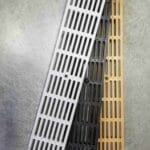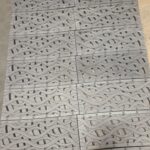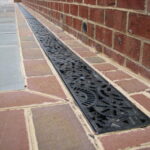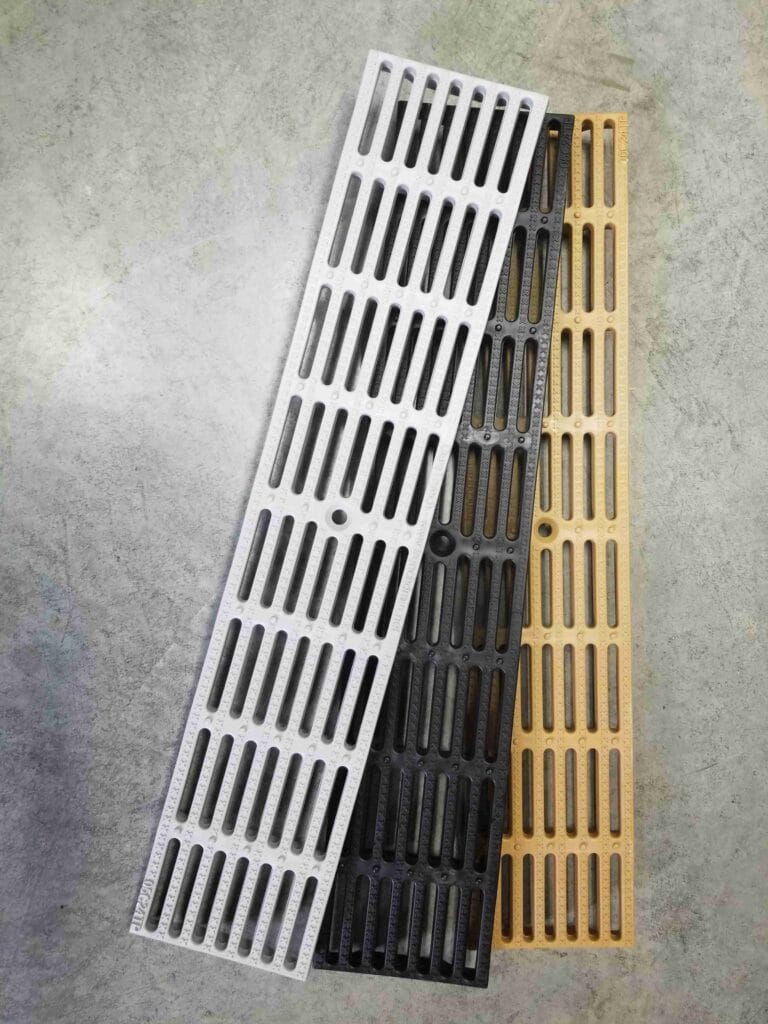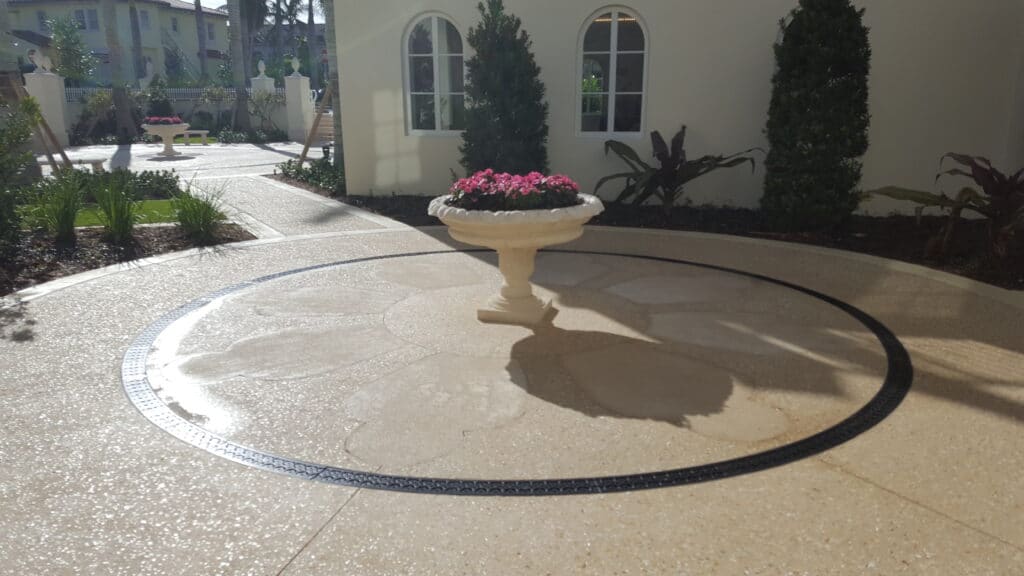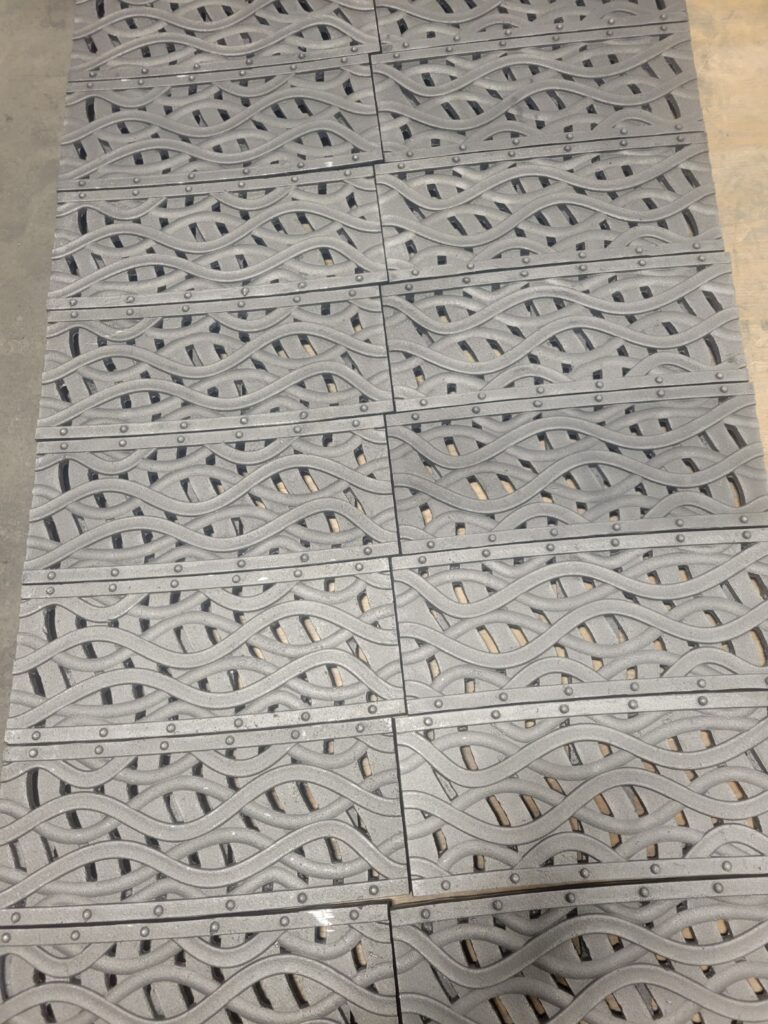Trench drain systems can enjoy years of use if they are properly maintained, but there can be instances where a section of the system might suffer damage and require replacement. You might also want to upgrade to a different trench drain material or to a different kind of trench arrangement due to changes in your use of your property.
It can be worthwhile to know how the process of replacing trench drains works so that you are aware of what you are in for. Having a professional team take care of this job will make the work go much faster, but you might have the skills to handle this kind of job yourself as well. These are the steps that will be needed to replace trench drain systems of various kinds.
How to Replace Trench Drain Systems
1. Get the Measurements and Dimensions of the Original System
If you did not install the original system that is in place at your business or home, you will need to find out more about the specifications of the system that you currently have. You might choose to upgrade to a bigger trench drain or to a different material for your trenches based on this information. However, you cannot do any kind of planning if you don’t know what your current drainage system looks like.
You will need to know the width of the top of the grates as well as the width of the undersides of the grate covers. The height of the trench and the width of the trench also need to be calculated. You will need to know the square footage of the entire trench system as well.
The channel itself will measure differently than the trench since the trench has to fit into the trench. You will need to know the width and height of the trench itself, as well as the grade and the other details of the shape of the trench.
2. Choose the Material for Your Drains
If you were not aware, you could actually choose from a wide array of different materials for your trench drain system. You might have the choice of steel, iron, plastics, stainless steel, aluminum, cast iron, fiberglass, and more. The material of your drains can matter greatly if you are dealing with caustic runoff at your place of business, and it can also be critical if you are looking for trenches that can handle cars and heavy traffic passing over them.
The materials that you choose for your drain system can sometimes impact the style of trench drain that you have access to, which might require that you speak to your installer about your options. You could find that you don’t actually need to stick to a specific material type if you would get more benefit from different styles of drainage that cannot be made in the material that you chose first.
3. Pick Your Trench Grates
The gratings that go over your trench drains can make a big difference in your trench drainage system’s performance. The grates that you place on your trenches will help determine the flow of water that can be handled by the trench beneath it. The trench gratings that you pick will also impact safety, and you can choose from ADA-approved grates as well as other kinds of safety covers for your drainage system.
The grates that you pick out can also sometimes be made to be unique and beautiful by adding details like scrolling and decorative patterns. This will cost a little more money but can be ideal for home installations.
4. Removal of the Old System
The old trench drains will need to be removed, which can lead to some demolition of areas around the trench. You might need to change the shape and depth of the trench if you are altering the volume of liquid that your trench drains will need to handle. This might also mean that you will need to grade the trench itself again or change the dimensions of the actual trench as well.
The old system might have components that you are going to reuse, such as the catch basins, but usually, it is a good idea to replace the whole system all at once. This eliminates the chances that you will run into problems with your trench system as the older sections break down well in advance of the newer parts of the system needing upgrades or repairs.
5. Install the New Trench Drains
Your new trench drains can be installed by yourself if you think that you have the skill set to take care of this process. However, most people defer to an installation team to add new products to your new trench drain system. Most systems simply slot together as they come from the company, prefabricated and ready to go. If you are going to install custom systems, there might be more work involved than this.
Your installer will be able to advise you about the process for completing the new drainage system that you have selected. Weather and some other variables can sometimes impact this kind of work, but usually, it is quite simple to install modern drainage systems. Make sure that you discuss this part of the process before you begin the job so you are prepared for times that you might not be able to use areas of your yard or days when your business might have to close.



